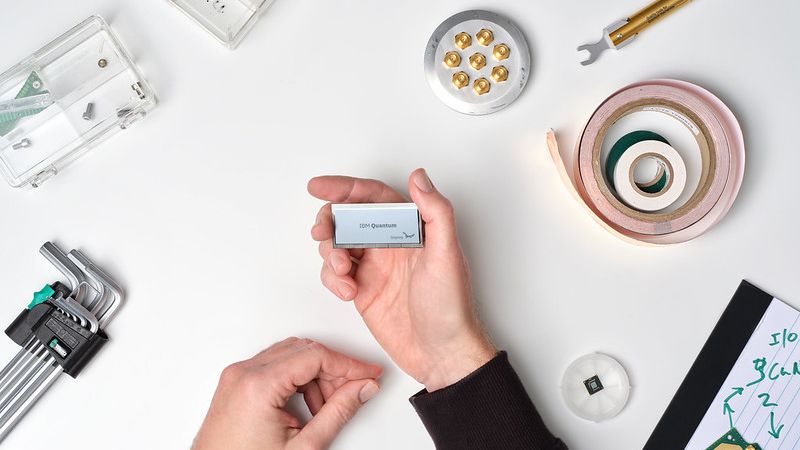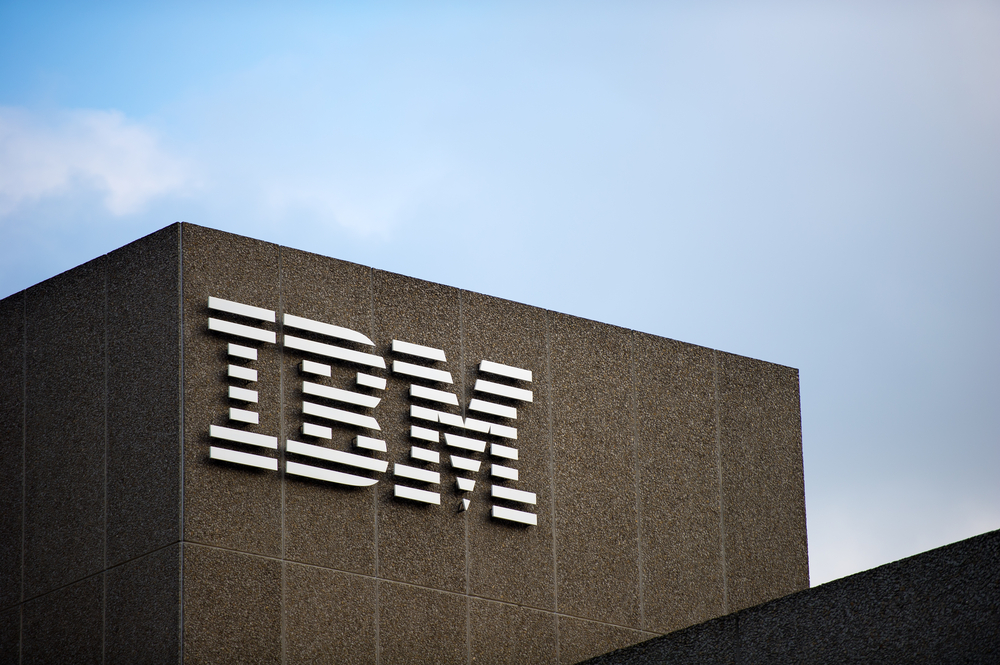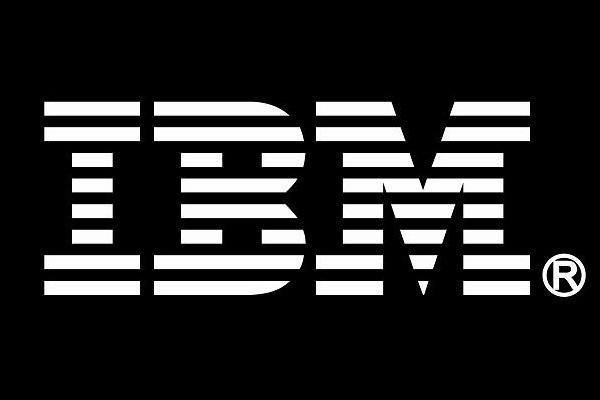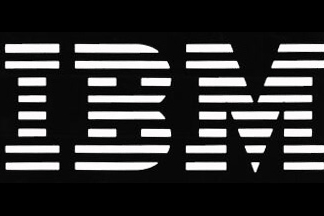Mobile operator turns to analytics to beat capacity crunch
Operator 3 calls on IBM to help track growing 3G and smartphone data usage.

Mobile operator 3 has turned to advanced analytics to form a better picture of its network, and to handle congestion issues caused by smart phone users.
In the week that Three joined the mobile operators offering the iPhone 4, the company told IT PRO how it is relying on new data mining tools to ensure its network can keep up.
The system, based on IBM's Infosphere technology, will monitor more than 100 million call data records, as well as details of text and picture messages, roaming, and volumes of mobile broadband data. Each month, 3 estimates that it will process 1TB of compressed data.
The operator decided to update its business analysis tools to tie in with a national marketing campaign that focuses on improvements in 3's network, explained Darren Silvester, information management architect at Hutchinson 3G.
"We are looking very specifically at what subscribers experience on the network," he said. "For voice, that is dropped calls. For mobile broadband and [smartphone] handsets it is the throughput we are getting. Where we see peak loads of data, we can understand where we might have performance issues, and see where we might need to put in more coverage. That feeds directly into the customer experience."
Hutchinson 3G typically looks for a payback on IT projects of under a year, a target which Silvester believes the Infosphere technology will meet "comfortably". The system is also flexible enough, he believes, to be expanded to analyse other parts of 3's business in the future.
At the same time, the analytics tools need to be simple enough for network capacity planners to use, without the need to train to become business intelligence experts too. "The technology does need to be accessible so people can get up to speed on it quickly," Silvester said.
Get the ITPro daily newsletter
Sign up today and you will receive a free copy of our Future Focus 2025 report - the leading guidance on AI, cybersecurity and other IT challenges as per 700+ senior executives
According to Henry Cook, IBM's business intelligence sector manager for Europe, the Middle East and Africa (EMEA), more businesses are turning to analytics, specifically to improve their customers' experience.
"It is about being able to deploy sophisticated techniques, but also making it easy to use and accessible to normal marketeers, so you don't have to have a PhD in maths," he said.
-
 Should AI PCs be part of your next hardware refresh?
Should AI PCs be part of your next hardware refresh?AI PCs are fast becoming a business staple and a surefire way to future-proof your business
By Bobby Hellard Published
-
 Westcon-Comstor and Vectra AI launch brace of new channel initiatives
Westcon-Comstor and Vectra AI launch brace of new channel initiativesNews Westcon-Comstor and Vectra AI have announced the launch of two new channel growth initiatives focused on the managed security service provider (MSSP) space and AWS Marketplace.
By Daniel Todd Published
-
 Magnetic tape storage has found a new lease of life with a record 152.9 exabytes shipped worldwide in 2023 — and the rise of generative AI is a key factor
Magnetic tape storage has found a new lease of life with a record 152.9 exabytes shipped worldwide in 2023 — and the rise of generative AI is a key factorNews Magnetic tape storage is back in vogue thanks to the rise of generative AI and ransomware, according to new research
By Steve Ranger Published
-
 Cyber-resilient data storage for everyone
Cyber-resilient data storage for everyoneWhitepaper Improve cyber resilience and optimize performance
By ITPro Published
-
 IBM unveils its 'most powerful' 433-qubit quantum processor
IBM unveils its 'most powerful' 433-qubit quantum processorNews The Osprey is three times more powerful than IBM's 127-qubit Eagle processor the company launched a year ago
By Zach Marzouk Published
-
 Apple and IBM create more than 100 MobileFirst iOS apps
Apple and IBM create more than 100 MobileFirst iOS appsNews Apple and IBM's partnership has produced over 100 business apps for iOS
By Caroline Preece Published
-
 Mobile phone operators hike up access charges
Mobile phone operators hike up access chargesNews The price increase affects calls to 084, 087, 09 and 118 numbers
By Rene Millman Published
-
 IBM mulls over RIM business division merger
IBM mulls over RIM business division mergerNews Big Blue said to have made an informal approach.
By Khidr Suleman Published
-
 T-Mobile announces 'UK's first' fully unlimited deals
T-Mobile announces 'UK's first' fully unlimited dealsNews The operator launches an all-you-can-eat plan without fair use policy constrictions.
By Tom Brewster Published
-
 IBM makes magnetic data storage breakthrough
IBM makes magnetic data storage breakthroughNews Tiny drives holding decent amounts of data may soon be available thanks to IBM's breakthrough.
By Stewart Mitchell Published